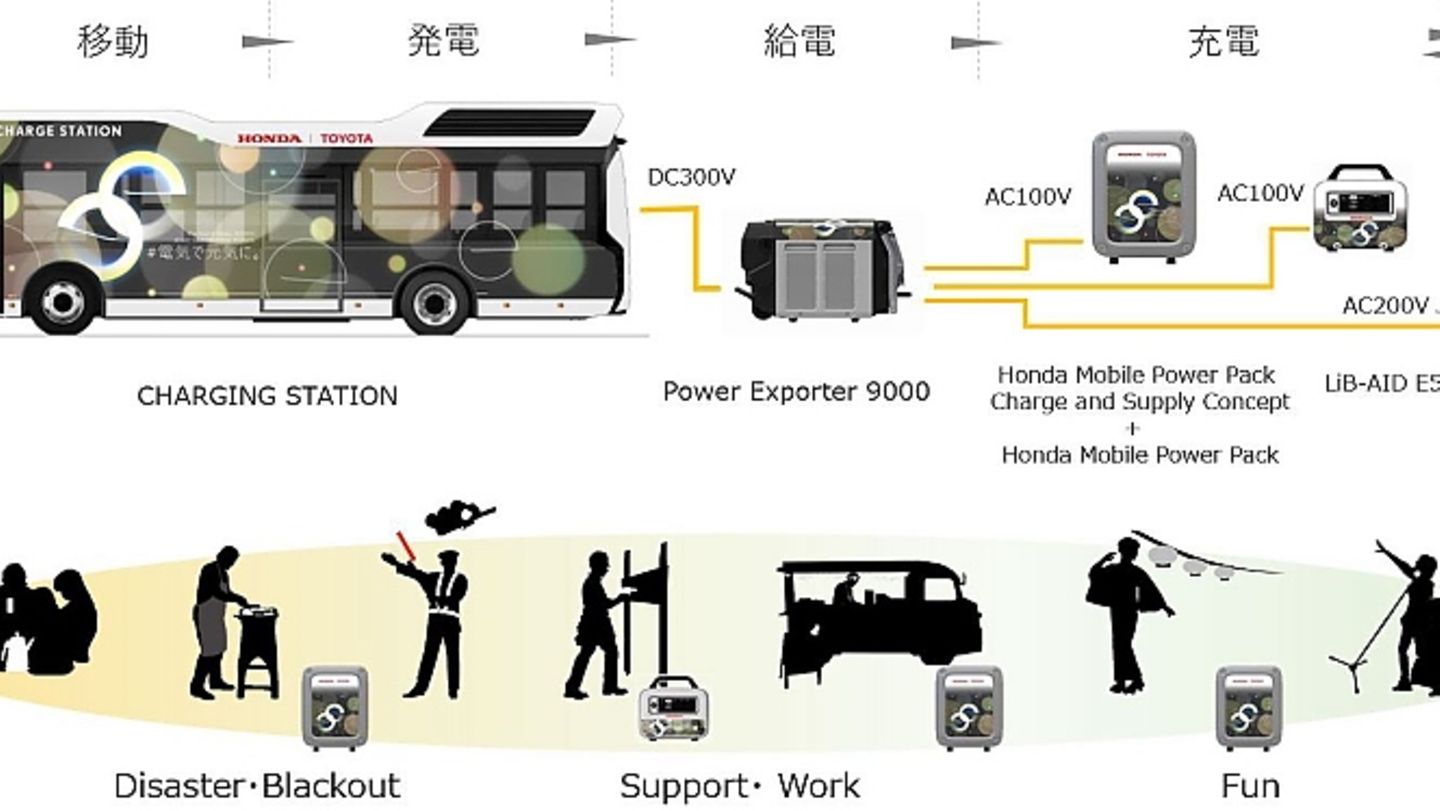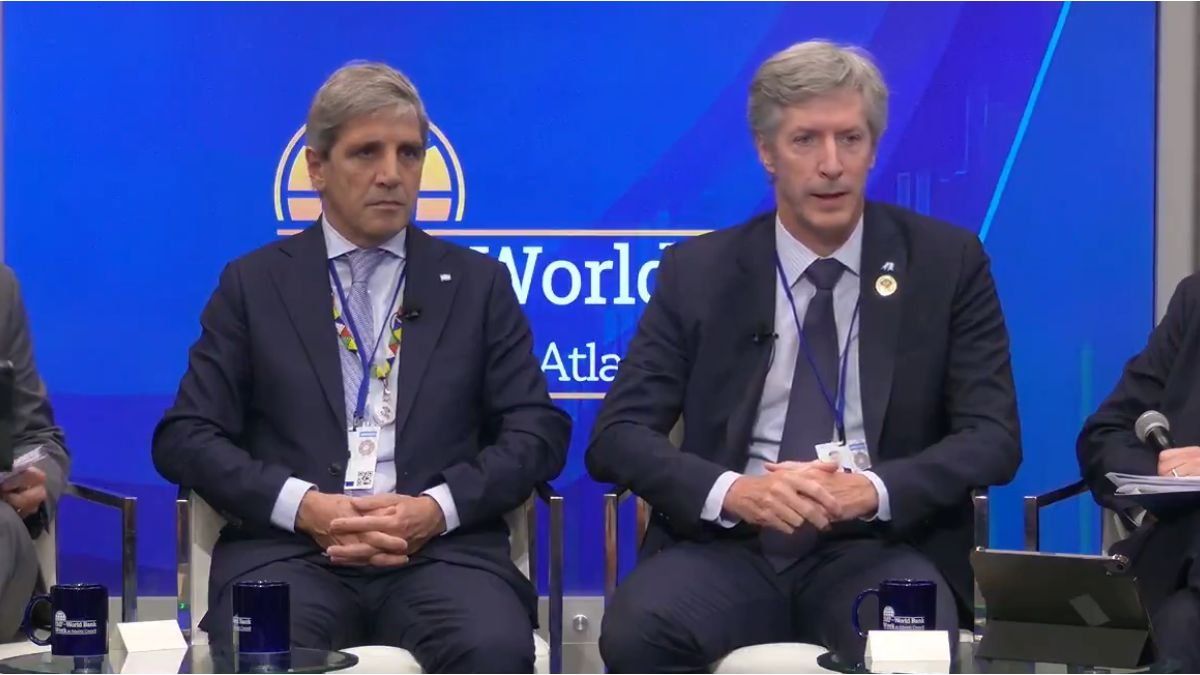Besides Chernobyl, no other city is associated with a nuclear disaster as much as Fukushima. The Japanese metropolis is to become a city of the future, not least thanks to hydrogen. But the way is longer than many expected.
A good ten years ago, the Fukushima nuclear disaster changed the world just as much as the disaster in Chernobyl. Around 20,000 Japanese died and more than 100,000 residents had to flee the contaminated coastal region. But while the Ukrainian region has been vegetating since the mid-1980s, Fukushima is said to stand for rebuilding soon; at least according to the Japanese leadership. But with a view to the current plans and the corresponding implementations, this should take a few more years. The generation of energy is of central importance in the time-consuming reconstruction and even if Japan, unlike Germany, has by no means renounced nuclear energy, the fuel cell should play a central role in the new Fukushima. No wonder that car manufacturers such as Toyota, Isuzu and Hino want to get involved in the construction process with their fuel cell technology by locally producing hydrogen that supplies buildings, shops and traffic.
During its reconstruction, Fukushima wants to build one of the first model regions for a hydrogen-based society of the future. Isuzu, Hino and Toyota are working towards the goal of climate neutrality and want to contribute to the construction of a city of the future in Fukushima as part of their partnership. Part of this project is, among other things, building a supply chain for supermarkets and grocery stores that uses hydrogen as a central energy carrier. This will play an essential role both for the urban infrastructure and for disaster areas.
The new model for generating energy is currently being developed for a city with a population of around 300,000. In a second step, the system of clean energy generation is to be transferred to cities of comparable size across the country and later scaled to larger cities. From the perspective of the car manufacturer, this includes local hydrogen production in various plants in the prefecture and the use of fuel cell trucks for delivery. Networked technologies should ensure efficient operational management and the planning of hydrogen refueling times. In this context, ambulances and food trucks with fuel cell drives are to be used in the Fukushima region. The aim is to gradually reduce CO2 emissions to a minimum along the entire supply chain.
Japan has announced that it will become climate neutral by 2050; however, the proportion of nuclear energy is to increase in the coming years in order not to become dependent on individual energy sources. “Hydrogen-based fuel cell technology is key to enabling Toyota to achieve its carbon neutral goal by 2050,” said Matt Harrison, President and CEO of Toyota Motor Europe. Neutrality will play a role in global transport – not only in the automotive sector, but also in buses, trucks, trains, as well as in aviation and shipping. “
Around 70 percent of the CO2 emissions from commercial vehicles in Japan come from trucks and buses with a total weight of over 3.5 tons. To reduce this, Toyota and its in-house commercial vehicle subsidiary Hino are jointly developing electrified solutions. At the same time, the first test fleets are being used across the country. From the spring of next year, for example, the first fuel cell trucks with a total weight of 25 tons will be put to the practical test in tough everyday use. Such trucks would also be conceivable for the Fukushima region and local transport. With a total range of around 600 kilometers, the fuel cell trucks can cover all routes without refueling. Compared to conventional diesel trucks, using hydrogen-powered vehicles on a daily route of 500 kilometers can save around 82 tons of CO2 per year.
The two Japanese manufacturers Toyota and Honda are jointly developing a system for a mobile power supply. The “Moving e” is a fuel cell bus developed by Toyota. This can be driven to its respective location and enables a locally emission-free energy supply. The charging station integrated on the back of the bus can be used to charge external power delivery devices and portable batteries with the energy from the fuel cell. In this way, for example, the selective energy supply can be ensured after the breakdown of a power grid. But Moving e can also be used for routine applications such as large events. As a mobile charging station, the bus drives directly to the place of use. Thanks to its large hydrogen tanks, the fuel cell drive generates a capacity of up to 454 kWh and delivers a maximum output of 18 kW. Perhaps also a possible use for Fukushima.
I am Pierce Boyd, a driven and ambitious professional working in the news industry. I have been writing for 24 Hours Worlds for over five years, specializing in sports section coverage. During my tenure at the publication, I have built an impressive portfolio of articles that has earned me a reputation as an experienced journalist and content creator.




